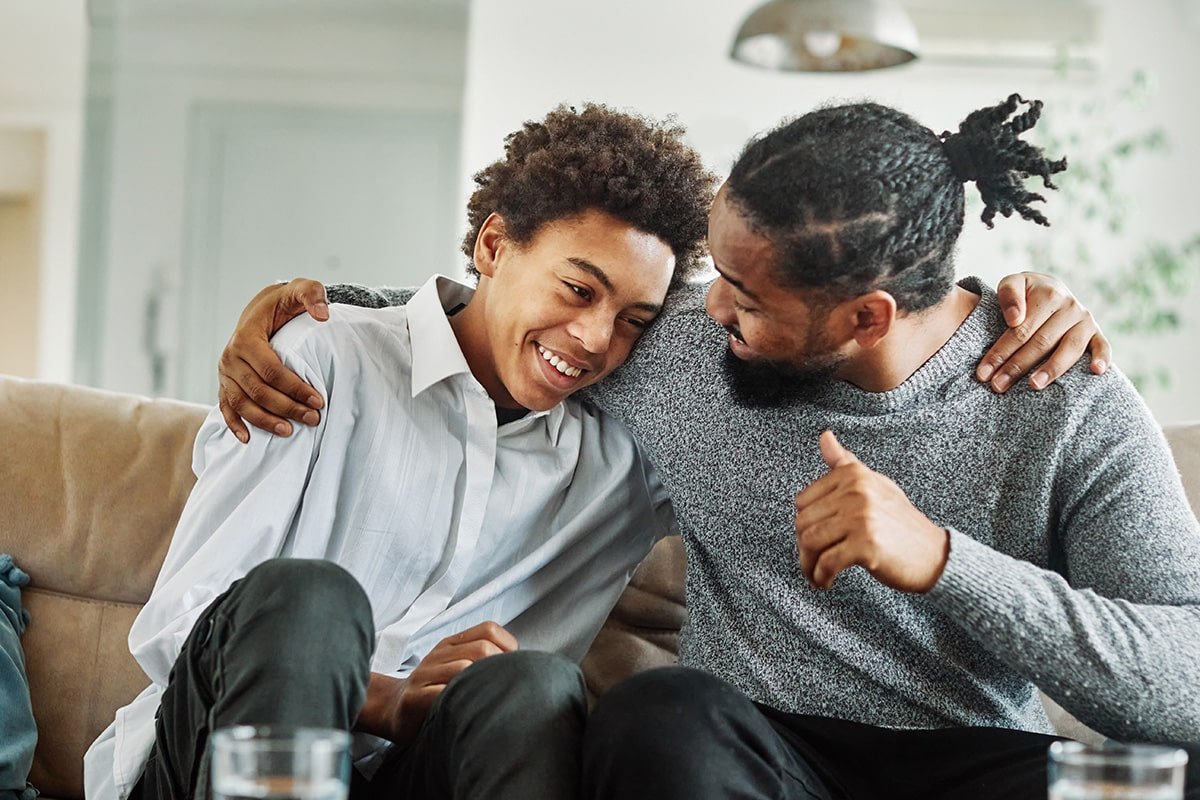
Why It Feels So Hard for Women to Take a Break During the Holidays
Many women struggle to rest during the holidays, but neuroscience shows that true recovery supports health, performance and well-being.
PHONE: (732) 920-3434

Your journey has likely been a frustrating one. You’ve shuttled between specialists—pediatricians, neurologists, gastroenterologists—searching for an answer. You’ve seen the results from MRIs, bloodwork, and scopes come back “normal,” yet your child is still suffering from debilitating headaches, stomach aches, or widespread pain. They are missing school, withdrawing from friends, and the bright, active kid you know is slowly being overshadowed by their pain.
If this sounds familiar, you are not alone. A staggering 25% of adolescents struggle with chronic pain, and most parents feel powerless to help them. The good news? There is a clear, evidence-based path forward.
The most important thing to know is this: your child’s pain is 100% real. They are not making it up or faking it for attention. The reason traditional medical tests often miss the mark is that they are looking for a structural problem—what we call an “acute” issue, like a broken bone or an infection.
Think of acute pain as a fire alarm correctly going off when there’s a fire. It’s a helpful signal that protects us from harm.
Chronic pain, however, is like that same fire alarm becoming faulty. Now, it blares loudly not just for a fire, but for burnt toast, steam from the shower, or sometimes for no reason at all. The alarm is real, but the danger it’s signaling is no longer there. In chronic pain, the nervous system gets “stuck” in high-alert mode, creating a real sensation of pain even after an initial injury has healed or when there was never an injury to begin with. This is a “software” issue of crossed wires between the brain and body, not a “hardware” problem that a scan can detect.
Because chronic pain is a functional problem, the solution isn’t a pill or procedure but a rehabilitation approach. We have to look at the whole child—their biology, their psychology (thoughts, feelings, and stress), and their social world (school, family, friends). This is called the biopsychosocial approach. Our goal isn’t necessarily to make the pain disappear forever—pain is a necessary part of life—but to turn down the volume of the faulty alarm so your child can get back to living a full, active life. We empower them with the tools to control the system, not let the system control them.
Key skills your child will learn include:
In our program, parents are not bystanders; you are the key to your child’s recovery. We provide dedicated parent coaching to help you shift your responses away from those that unintentionally reinforce the pain cycle. For example, we’ll work with you to stop asking “status check questions” (“How’s your headache now?”) and instead focus on your child’s functioning and effort, which helps move the brain’s focus away from pain and back to living.
Recovery from pediatric chronic pain is not only possible; it’s expected when the right approach is used. Your child can get back to school, back to their friends, and back to being a kid.
If you are ready to move from a place of fear and frustration to one of hope and empowerment, contact the Center for Neurowellness today to learn more about our Pediatric Chronic Pain Management Program.
Kerianne Clayton, LSW, is a licensed social worker at the Center for NeuroWellness. Certified in chronic pain management, she brings a compassionate and practical approach to her work with children and teens. Keri is dedicated to helping young people build resilience and navigate emotional and physical challenges with confidence.

Many women struggle to rest during the holidays, but neuroscience shows that true recovery supports health, performance and well-being.

ADHD testing in Brick, Red Bank & Freehold, NJ. Comprehensive evaluations, counseling & support for children, teens & adults. Schedule your ADHD assessment today.

Try these fun, brain-boosting ways to help kids beat the summer slide while still enjoying rest, play and sunshine.